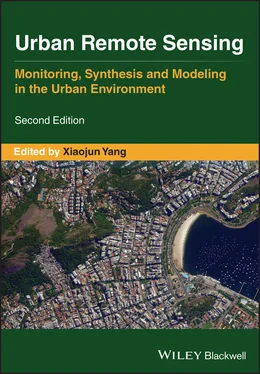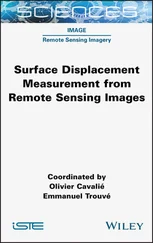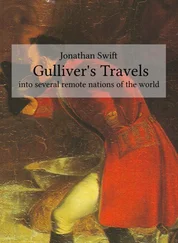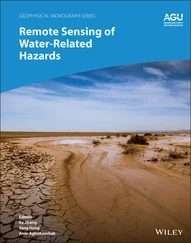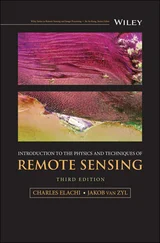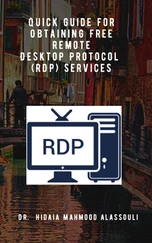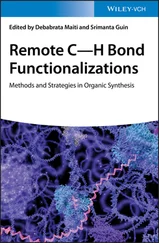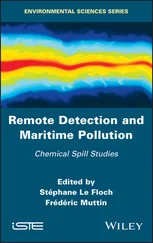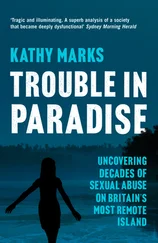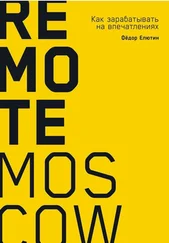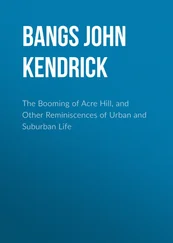29 Li, X., Zhang, C., Li, W., Ricard, R., Meng, Q. and Zhang, W., 2015b. Assessing street‐level urban greenery using Google Street View and a modified green view index. Urban Forestry and Urban Greening, 14(3): 675–685.
30 Li, X., Zhou, Y., Asrar, G.R., Mao, J., Li, X. and Li, W., 2017. Response of vegetation phenology to urbanization in the conterminous United States. Global Change Biology, 23(7): 2818–2830.
31 Liu, X., Hu, G., Chen, Y., Li, X., Xu, X., Li, S., Pei, F. and Wang, S., 2018. High‐resolution multi‐temporal mapping of global urban land using Landsat images based on the Google Earth Engine Platform. Remote Sensing of Environment, 209: 227–239.
32 Maggiori, E., Tarabalka, Y., Charpiat, G. and Alliez, P., 2017. Convolutional neural networks for large‐scale remote‐sensing image classification. IEEE Transactions on Geoscience and Remote Sensing, 55(2): 645–657.
33 Meng, X., Currit, N., Wang, L. and Yang, X., 2012. Detect residential buildings from LIDAR and aerial photographs through object‐oriented land‐use classification. Photogrammetric Engineering & Remote Sensing, 78(1): 35–44.
34 Mennis, J., Mason, M. and Ambrus, A., 2018. Urban greenspace is associated with reduced psychological stress among adolescents: a Geographic Ecological Momentary Assessment (GEMA) analysis of activity space. Landscape and Urban Planning, 174: 1–9.
35 Netzband, M., Stefanov, W. L. and Redman, C. L. (eds.) 2007. Applied Remote Sensing for Urban Planning, Governance and Sustainability. Springer, 220p.
36 Norton, B.A., Coutts, A.M., Livesley, S.J., Harris, R.J., Hunter, A.M. and Williams, N.S., 2015. Planning for cooler cities: a framework to prioritise green infrastructure to mitigate high temperatures in urban landscapes. Landscape and Urban Planning, 134: 127–138.
37 Patel, N.N., Angiuli, E., Gamba, P., Gaughan, A., Lisini, G., Stevens, F.R., Tatem, A.J. and Trianni, G., 2015. Multitemporal settlement and population mapping from Landsat using Google Earth Engine. International Journal of Applied Earth Observation and Geoinformation, 35: 199–208.
38 Patidar, N. and Keshari, A.K., 2018. A multi‐model ensemble approach for quantifying sub‐pixel land cover fractions in the urban environments. International Journal of Remote Sensing, 39 (12): 3939–3962.
39 Schneider, A., 2012. Monitoring land cover change in urban and peri‐urban areas using dense time stacks of Landsat satellite data and a data mining approach. Remote Sensing of Environment, 124: 689–704.
40 Seiferling, I., Naik, N., Ratti, C. and Proulx, R., 2017. Green streets ‐ quantifying and mapping urban trees with street‐level imagery and computer vision. Landscape and Urban Planning, 165: 93–101.
41 Seto, K.C., Sánchez‐Rodríguez, R. and Fragkias, M., 2010. The new geography of contemporary urbanization and the environment. Annual Review of Environment and Resources, 35: 167–194.
42 Seto, K.C., Reenberg, A., Boone, C.G., Fragkias, M., Haase, D., Langanke, T., Marcotullio, P., Munroe, D.K., Olah, B. and Simon, D., 2012. Urban land teleconnections and sustainability. Proceedings of the National Academy of Sciences, 109 (20): 7687–7692.
43 Seto, K.C., Golden, J.S., Alberti, M. and Turner, B.L., 2017. Sustainability in an urbanizing planet. Proceedings of the National Academy of Sciences, 114 (34): 8935–8938.
44 Sharma, A., Liu, X., Yang, X. and Shi, D., 2017. A patch‐based convolutional neural network for remote sensing image classification. Neural Networks, 95: 19–28.
45 Sharma, A., Liu, X. and Yang, X., 2018. Land cover classification from multi‐temporal, multi‐spectral remotely sensed imagery using patch‐based recurrent neural networks. Neural Networks, 105: 346–355.
46 Shen, H., Lin, Y., Tian, Q., Xu, K. and Jiao, J., 2018. A comparison of multiple classifier combinations using different voting‐weights for remote sensing image classification. International Journal of Remote Sensing, 39 (11): 3705–3722.
47 Shi, D. and Yang, X., 2017. Mapping vegetation and land cover in a large urban area using a multiple classifier system. International Journal of Remote Sensing, 38 (16): 4700–4721.
48 Smits, P.C., 2002. Multiple classifier systems for supervised remote sensing image classification based on dynamic classifier selection. IEEE Transactions on Geoscience and Remote Sensing, 40(4): 801–813.
49 Soille, P., Burger, A., De Marchi, D., Kempeneers, P., Rodriguez, D., Syrris, V. and Vasilev, V., 2018. A versatile data‐intensive computing platform for information retrieval from big geospatial data. Future Generation Computer Systems, 81: 30–40.
50 Stokes, E.C. and Seto, K.C., 2019. Characterizing urban infrastructural transitions for the Sustainable Development Goals using multi‐temporal land, population, and nighttime light data. Remote Sensing of Environment, 234: 111430.
51 Wang, Q. and Atkinson, P.M., 2018. Spatio‐temporal fusion for daily Sentinel‐2 images. Remote Sensing of Environment, 204: 31–42.
52 Wang, J., Huang, B., Fu, D., Atkinson, P.M. and Zhang, X., 2016. Response of urban heat island to future urban expansion over the Beijing–Tianjin–Hebei metropolitan area. Applied Geography, 70: 26–36.
53 Weng, Q. and Quattrochi, D. (eds.) 2007. Urban Remote Sensing. CRC Press, 412p.
54 Weng Q., Quattrochi, D. and Gamba, P. (eds.) 2018. Urban Remote Sensing (2nd). CRC Press, 315p.
55 Wulder, M.A., Loveland, T.R., Roy, D.P., Crawford, C.J., Masek, J.G., Woodcock, C.E., Allen, R.G., Anderson, M.C., Belward, A.S., Cohen, W.B. and Dwyer, J., 2019. Current status of Landsat program, science, and applications. Remote Sensing of Environment, 225: 127–147.
56 Yang, X., 2011. What is urban remote sensing? In: Yang, X. (ed.) Urban Remote Sensing: Monitoring, Synthesis and Modelling in the Urban Environment, Wiley‐Blackwell, pp. 3–12.
57 Zhang, F. and Yang, X., 2020. Improving land cover classification in an urbanized coastal area by random forests: the role of variable selection. Remote Sensing of Environment, 251: 112105. DOI: org/10.1016/j.rse.2020.112105.
58 Zhu, Z., 2017. Change detection using Landsat time series: a review of frequencies, preprocessing, algorithms, and applications. ISPRS Journal of Photogrammetry and Remote Sensing, 130: 370–384.
59 Zhu, Z., Zhou, Y., Seto, K.C., Stokes, E.C., Deng, C., Pickett, S.T. and Taubenböck, H., 2019. Understanding an urbanizing planet: strategic directions for remote sensing. Remote Sensing of Environment, 228: 164–182.
60 Zipper, S.C., Schatz, J., Singh, A., Kucharik, C.J., Townsend, P.A. and Loheide II, S.P., 2016. Urban heat island impacts on plant phenology: intra‐urban variability and response to land cover. Environmental Research Letters, 11(5): 054023.
PART II
Sensors and Systems for Urban Areas
Part II ( Chapters 2– 7) discusses several advanced and emerging platforms or systems, such as unmanned aircraft systems (UAS) and social sensing, which offer new opportunities advancing urban studies. It begins with Chapter 2discussing an effort to examine urban built‐up volume through three‐dimensional analyses with lidar and radar data. The authors used spaceborne radar data to monitor built‐up volume that was further validated with lidar data. Chapter 3discusses the opportunities and challenges of UAS for urban studies. UAS platforms represent a new frontiers of remote sensing applications. The remaining chapters ( Chapters 4– 7) in Part II focus on big geotagged‐data from mobile phones, social media, vehicle trajectories, and street views, which provide new opportunities for understanding human behaviors and characteristics of cities. Chapter 4reviews various analytical methods, such as temporal signature analysis, text analysis, and image analysis, for social sensing research. Chapter 5reviews the utilities of ground‐based street view images for urban remote sensing research. Chapter 6discusses the usefulness of social media outlets such as Twitter for geographic research on human activities in urban areas. Finally, Chapter 7discusses the potential of integrating remote sensor data with location‐based social media data to examine socioeconomic dynamics.
Читать дальше
